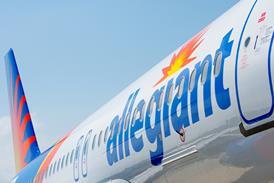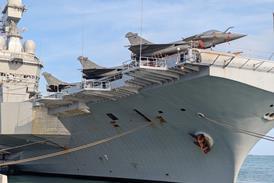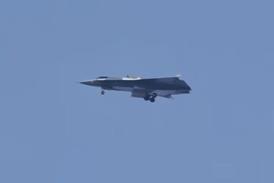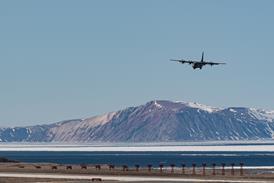Investigation into Stord fatal accident uncovers evidence of rubber reversal
Norwegian investigators have discovered that spoilers did not deploy on the BAe 146-200 that overran the runway while attempting to land at Stord airport on 10 October.
Four of the Atlantic Airways jet's 16 occupants were killed when it careered off the slightly damp runway and down steep terrain, before coming to rest and catching fire.
Wreckage analysis has also revealed evidence that the aircraft suffered "rubber reversal" as it tried to stop - a phenomenon where heat generated by the tyre vaporises the surface moisture and reduces runway contact.
But while rubber reversal causes deterioration of the tyre condition, there is no indication that any of the tyres punctured or deflated.
Flight RC670 had been arriving at Stord, in western Norway, after a domestic service from Stavanger. It touched down on runway 33 with a 6kt (11km/h) tailwind.
While there was nothing unusual about the airspeed, touchdown point, flap setting, landing weight or air brake, preliminary analysis shows that neither of the two independent spoiler systems deployed.
One system controls a single spoiler on each wing, and the other controls a pair, giving six in all. These systems are normally activated by the crew on touchdown, but the Norwegian Accident Investigation Board (AIB) says the inquiry has yet to determine the reason for the failure.
"The crew did not feel it was appropriate to make a go-around," adds AIB. "But in a last attempt to stop the aircraft, they tried to put it into a skid. It was actually skidding down the runway at one point."
Investigators are to examine the aircraft's maintenance record as part of the inquiry. Atlantic Airways is based in the Faroe Islands, and the Faroese ministry of trade and industry says that the jet had undergone a C check in Sweden and returned to the fleet two weeks before the accident.
Source: Flight International























